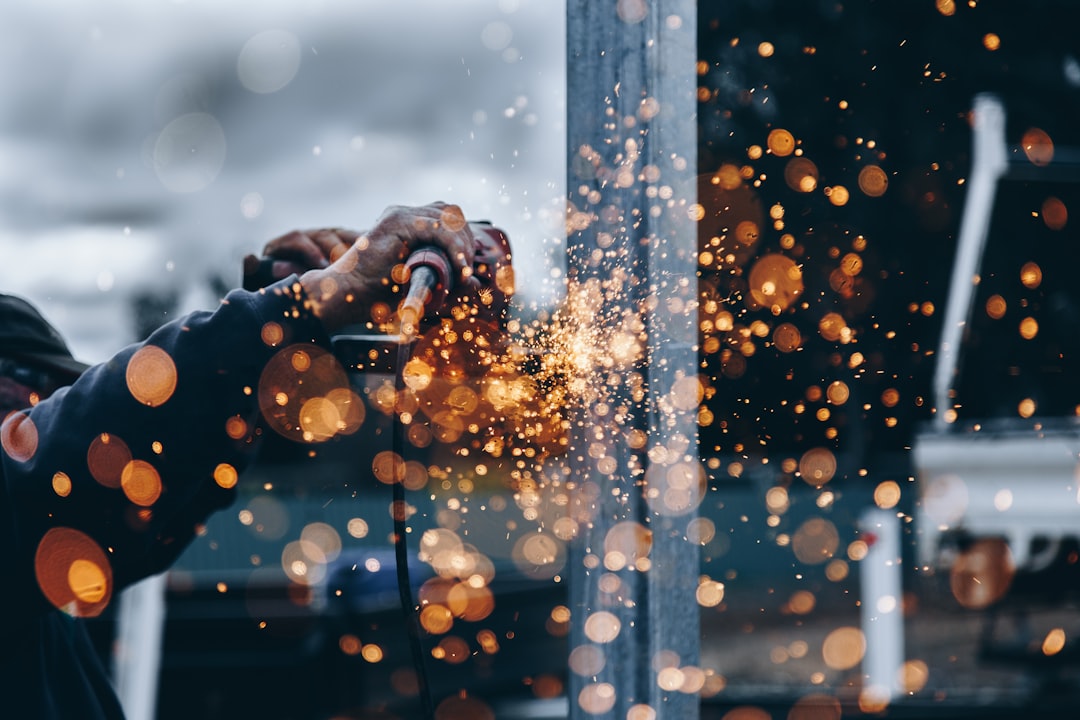What is it about?
Graphene, a two-dimensional crystalline allotrope of carbon, has attracted the interest of a growing number of researchers due to its exceptional mechanical properties. Its higher optical transparency, superior thermal and electrical conductivity, and large specific area are all important characteristics that allow it to be used in a wide range of industries, including aircraft, electronics, newer materials, solar cells, and more. In this article, the various methods of graphene synthesis such as Mechanical Exfoliation, Chemical Vapor Deposition, Chemical Exfoliation, Liquid Phase Exfoliation and Epitaxial growth and the fabrication techniques of aluminium nanocomposites have been discussed. Even though graphene could be synthesized using various techniques, each one has its own set of advantages and disadvantages. This study examines and proposes one such approach to eliminate the problems with the traditional graphene production process. Further, the properties, structures, and Graphene-based aluminium Nanocomposites have been enumerated.
Featured Image

Photo by Flash Dantz on Unsplash
Why is it important?
Graphene synthesis by conventional methods has its advantages and disadvantages. These led researchers to focus on a green, cost-effective method for synthesis, which includes using natural precursors and reducing the usage of toxic chemicals.
Perspectives
Graphene could be produced on a large scale from agricultural waste and could be used in sensors, transistors, super and flexible electrodes, nanocomposites, transparent films, and as a material in solar cells due to its unique and extraordinary properties.
Dr Balakrishnan S
Read the Original
This page is a summary of: Synthesis of Graphene and fabrication of Aluminium-Grp nanocomposites: A review, Materials Today Proceedings, January 2022, Elsevier,
DOI: 10.1016/j.matpr.2021.10.262.
You can read the full text:
Contributors
The following have contributed to this page










